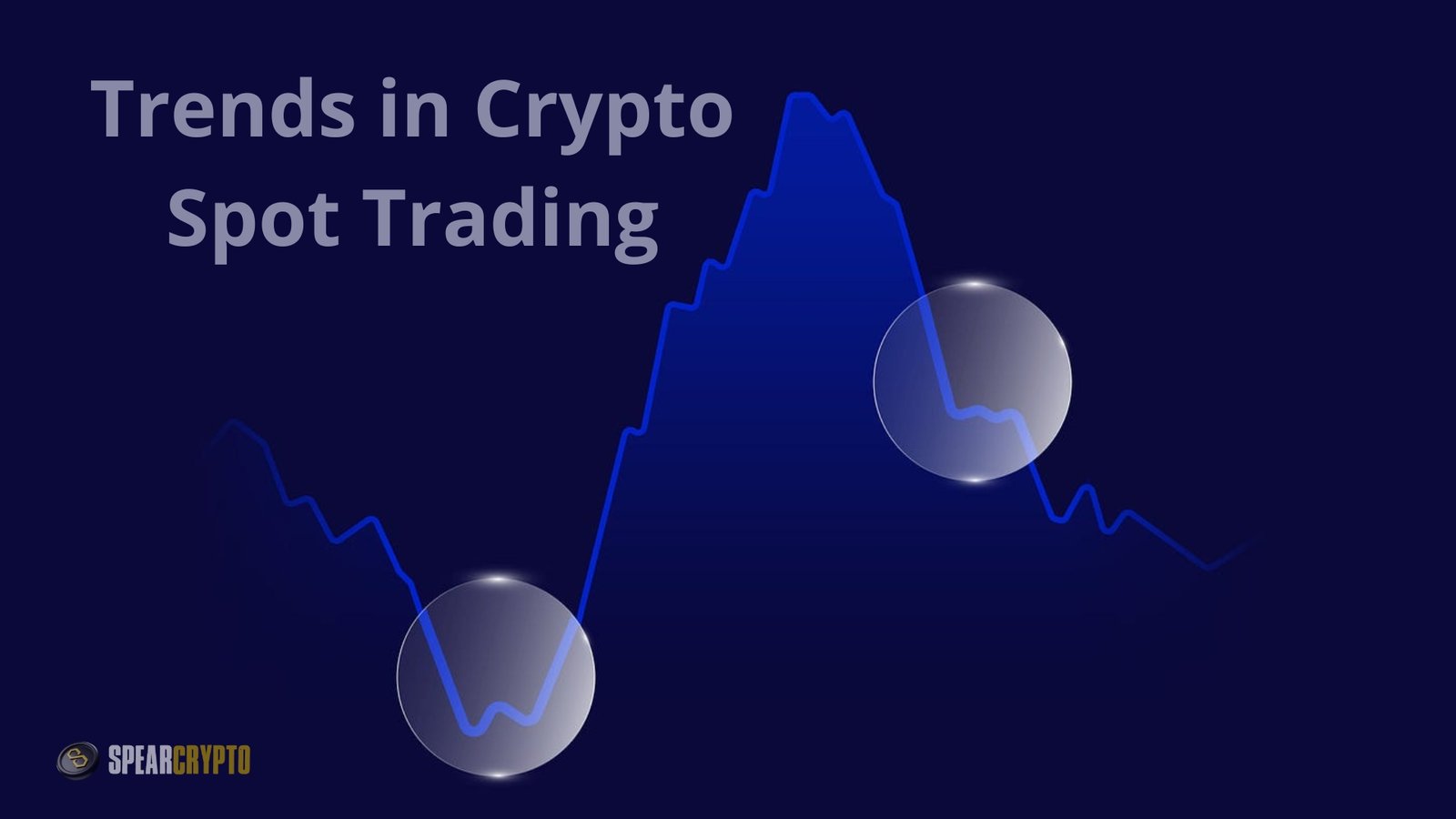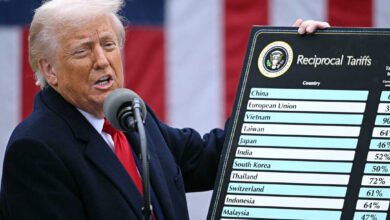
Crypto spot trading, the practice of buying and selling digital assets like Bitcoin, Ethereum, and other cryptocurrencies for immediate delivery, has become one of the most popular trading methods in the cryptocurrency market. Unlike futures or derivatives, spot trading involves directly exchanging assets at current market prices, making it more straightforward and accessible to a broader range of participants. As the crypto market evolves, spot trading has grown significantly in volume and sophistication. This article explores the latest trends, challenges, and prospects of crypto spot trading as of 2024.
The Growth of Crypto Spot Trading
The rise of crypto spot trading is closely tied to the overall expansion of the cryptocurrency market. Over the past decade, cryptocurrencies have gone from a niche interest to a significant asset class, with a market capitalization that peaked at over $3 trillion in November 2021. Although the market has seen periods of volatility and correction, the long-term growth trend has remained upward, fueled by increasing adoption, institutional interest, and technological advancements.
Increased Retail Participation
One of the key drivers of the growth in crypto spot trading has been the surge in retail participation. The accessibility of trading platforms like Binance, Coinbase, and Kraken has made it easier for individual investors to enter the market. The user-friendly interfaces, educational resources, and a wide range of available assets have lowered the barriers to entry, encouraging more people to engage in spot trading.
Institutional Involvement
Institutional participation in crypto spot trading has also increased, adding significant liquidity to the market. Hedge funds, family offices, and even some pension funds have begun to allocate a portion of their portfolios to cryptocurrencies. This trend has been bolstered by the development of regulatory frameworks in various jurisdictions, providing a more secure environment for institutional investors.
Technological Advancements
The development of blockchain technology and the implementation of high-frequency trading algorithms have further facilitated the growth of spot trading. Advanced trading platforms now offer tools such as algorithmic trading, bots, and APIs, enabling traders to execute complex strategies precisely. Additionally, integrating artificial intelligence and machine learning in trading platforms has improved market analysis and decision-making processes.
Current Trends in Crypto Spot Trading
As of 2024, several trends are shaping the landscape of crypto spot trading, reflecting the market’s maturity and the evolving needs of its participants.
Stablecoins as a Dominant Trading Pair
Stablecoins like Tether (USDT), USD Coin (USDC), and Binance USD (BUSD) have become the dominant trading pairs in the spot market. Their stability relative to fiat currencies makes them a preferred medium for trading, reducing the risk of volatility inherent in many cryptocurrencies. This trend will likely continue as more stablecoins are introduced and regulatory clarity improves.
Emergence of Decentralized Exchanges (DEXs)
Decentralized exchanges, or DEXs, have gained significant traction in the spot trading market. Unlike centralized exchanges, DEXs operate without intermediaries, allowing users to trade directly from their wallets. Platforms like Uniswap, SushiSwap, and PancakeSwap have become popular due to their lower fees, enhanced privacy, and reduced counterparty risk. The growth of DEXs reflects a broader trend towards decentralization in the crypto space, driven by concerns over security, privacy, and control.
Increased Focus on Security
Security remains a critical concern in the crypto trading space. With the rise in cyberattacks, exchange hacks, and phishing scams, centralized and decentralized platforms are investing heavily in security measures. Multi-factor authentication (MFA), cold storage solutions, and the implementation of advanced encryption technologies have become standard practices. Additionally, regulatory bodies are imposing stricter security requirements on exchanges, further enhancing the safety of spot trading.
Regulatory Developments
Regulatory frameworks around crypto spot trading are continually evolving. While some countries have embraced cryptocurrencies and established clear guidelines, others remain skeptical or have implemented restrictive measures. For example, the U.S. Securities and Exchange Commission (SEC) has been actively shaping the regulatory landscape, emphasizing investor protection and market integrity. In contrast, countries like China have imposed strict bans on crypto trading. This regulatory patchwork has created a complex environment for traders, who must navigate varying rules depending on their jurisdiction.
Integration of NFTs and DeFi
Another emerging trend is the integration of Non-Fungible Tokens (NFTs) and Decentralized Finance (DeFi) into spot trading platforms. While NFTs represent ownership of digital assets and have become a significant market in their own right, their trading is increasingly being integrated with traditional spot trading platforms. Similarly, DeFi protocols, which offer decentralized financial services like lending and borrowing, are being incorporated into spot trading ecosystems, providing traders with additional tools and opportunities.
Challenges in Crypto Spot Trading
Despite its growth and emerging new trends, crypto spot trading faces several challenges that could impact its future trajectory.
Market Volatility
The cryptocurrency market is notoriously volatile, with prices often experiencing rapid and unpredictable swings. While this volatility can create profit opportunities, it poses significant risks, particularly for less experienced traders. Managing this volatility requires a deep understanding of the market and effective risk management strategies.
Regulatory Uncertainty
As mentioned earlier, the regulatory landscape for crypto spot trading is highly fragmented. The lack of global consensus on regulating cryptocurrencies creates uncertainty for traders and exchanges alike. This uncertainty can lead to sudden changes in the market, as regulatory developments in one jurisdiction can have ripple effects across the global market.
Liquidity Issues
While liquidity has improved significantly over the years, it remains a concern, especially for smaller or newer cryptocurrencies. Low liquidity can lead to higher spreads and slippage, making it difficult for traders to execute large orders without affecting the market price. This challenge is particularly pronounced on decentralized exchanges, where liquidity is often lower than on centralized platforms.
Security Risks
Despite advancements in security, the threat of hacking and fraud remains a significant challenge in the crypto space. High-profile exchange hacks have resulted in the loss of millions of dollars worth of assets, undermining confidence in the market. Ensuring the security of funds and personal data remains a top priority for exchanges, but the evolving nature of cyber threats makes this an ongoing challenge.
Technological Barriers
While technological advancements have facilitated the growth of spot trading, they also pose challenges, particularly for less tech-savvy traders. The use of complex trading algorithms, bots, and APIs can be intimidating for beginners, creating a barrier to entry. Moreover, the rapid pace of technological change means traders must continually adapt to new tools and platforms.
Future Outlook
Several key developments are likely to shape the future of crypto spot trading, influencing how the market evolves and how traders engage with it.
Continued Institutionalization
Increasing institutional involvement in crypto spot trading is expected to continue. As more traditional financial institutions enter the market, we can anticipate further improvements in liquidity, market stability, and overall maturity. Additionally, developing regulated financial products, such as crypto ETFs, will provide institutions with more ways to gain exposure to digital assets, further integrating cryptocurrencies into the broader financial system.
Expansion of Decentralized Finance
The growth of Decentralized Finance (DeFi) is likely to have a profound impact on spot trading. As DeFi platforms become more sophisticated, they will offer traders more options for earning yield, borrowing, and lending, all within a decentralized framework. Integrating DeFi and spot trading will create new opportunities for traders. They could lead to innovative financial products that blur the lines between traditional finance and crypto.
Regulatory Harmonization
As the cryptocurrency market continues to mature, there is a growing likelihood of regulatory harmonization at an international level. Global standards could help reduce the current patchwork of regulations, providing greater clarity and certainty for traders and exchanges. While achieving global consensus will be challenging, steps towards regulatory cooperation, such as the Financial Action Task Force’s (FATF) guidelines on crypto assets, indicate a move in this direction.
Advancements in AI and Machine Learning
Integrating Artificial Intelligence (AI) and Machine Learning (ML) into trading platforms is expected to continue, providing traders with more sophisticated tools for market analysis and strategy execution. AI-driven trading bots, predictive analytics, and sentiment analysis tools will become more prevalent, helping traders to navigate the complex and fast-moving crypto markets more effectively.
Increased Adoption of Layer 2 Solutions
Layer 2 solutions, such as Optimistic Rollups and zk-Rollups, are becoming more widely adopted to address the scalability challenges of major blockchains like Ethereum. These solutions enable faster and cheaper transactions, making spot trading more efficient and accessible. As Layer 2 technology matures, it will likely play a critical role in the future of crypto spot trading, particularly on decentralized exchanges.
Greater Focus on Environmental Sustainability
The environmental impact of cryptocurrency mining and trading has become increasingly concerning. As awareness grows, a greater focus will likely be on developing and adopting more sustainable practices within the crypto industry. This could include transitioning to Proof of Stake (PoS) consensus mechanisms, using renewable energy for mining, and developing green crypto initiatives. These efforts will address environmental concerns and enhance the crypto market’s reputation and long-term viability.
Conclusion
Crypto spot trading has evolved significantly over the past decade, driven by the rapid growth of the cryptocurrency market, technological advancements, and increasing participation from retail and institutional investors. As the market continues to mature, the trends and challenges outlined in this article will shape the future of spot trading. While obstacles remain, such as regulatory uncertainty, market volatility, and security risks, the potential for innovation and growth remains vast.
The future of crypto spot trading will likely see continued institutionalization, integrating DeFi and AI technologies, and a greater emphasis on regulatory harmonization and environmental sustainability. For traders and investors, staying informed and adaptable in this dynamic environment will be vital to navigating the opportunities and challenges that lie ahead.







